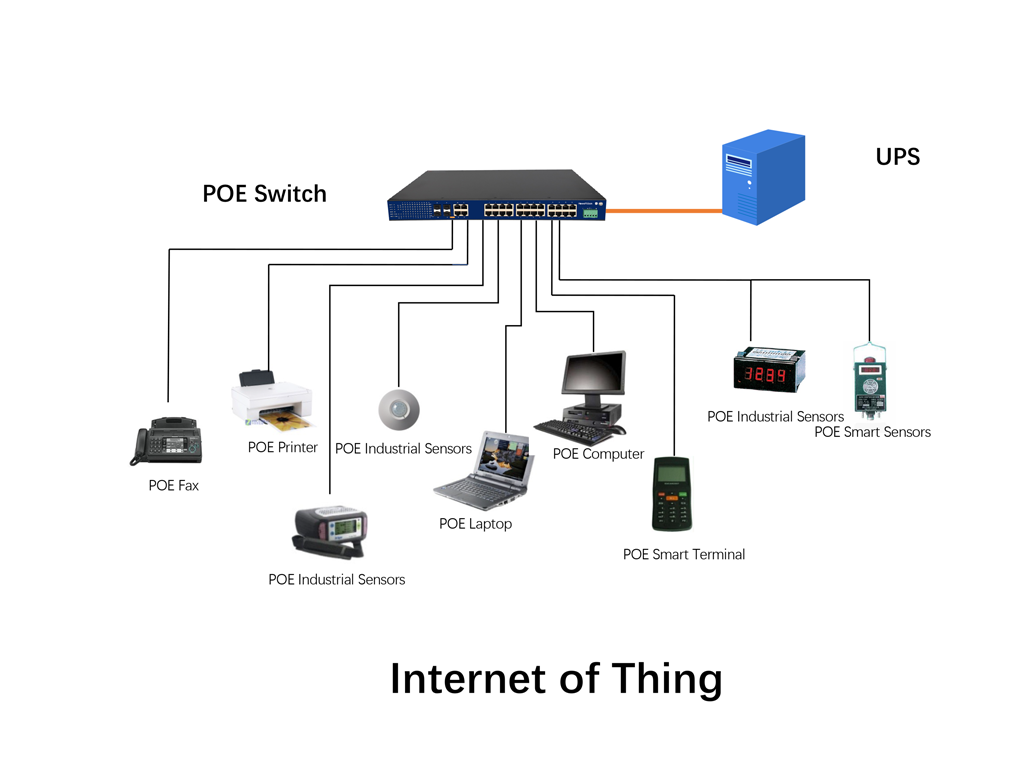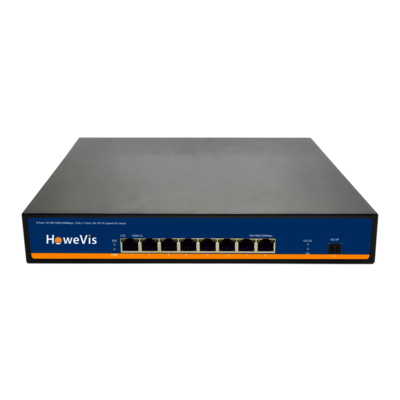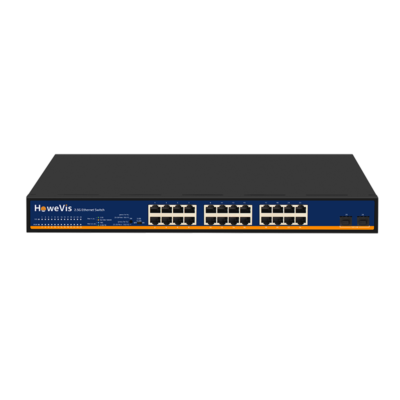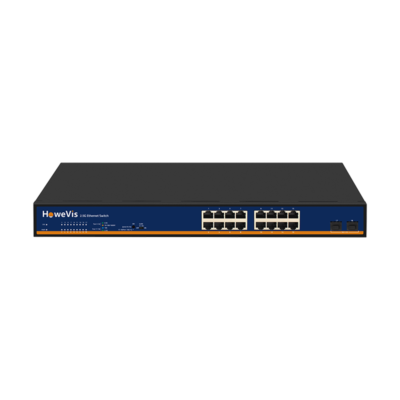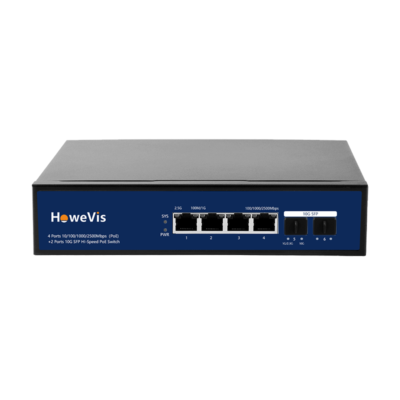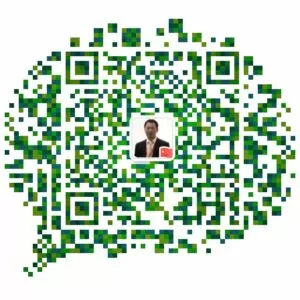IoT Transmission Solution
Capture every detail, command the entire network
The Internet of Things is a highly integrated and comprehensive application of a new generation of information technology. It is based on the actual management and application needs in the social and economic fields. It uses sensing technology and intelligent devices to sense and identify the physical world. Through the transmission interconnection of the Internet and mobile communication networks, computing, processing, and knowledge mining are carried out. Realize human-object and object-object information interaction and seamless linkage. Enhance the ability of humans to control the physical world in real-time, precise management, and optimal allocation of resources, To realize the scientific and intelligent decision-making of production and life.
The construction of the innovative city Internet of things includes the structure of the perception layer, network layer, and application layer. The perception layer consists of deploying, accessing, and managing barcode readers, RFID readers, sensors, cameras, and other perception devices. The sensing equipment sends the collected signals to the IoT network layer through the M2M terminal and Internet gateway. The construction of the IoT network layer includes the construction of an IoT information center and IoT management center. The IoT information center is a collection of the information base and computing power for data collection, which belongs to the big data platform. The IoT management center is mainly for the unified coding, authentication, authentication, and billing of IoT data. Through the information center and management center of the essential IoT data capability provision and management. Realize the construction of IoT application layers, such as telemedicine, intelligent transportation, industrial monitoring, environmental monitoring, public safety, urban governance, and other innovative city applications.

IoT Transmission Pain Points Analysis.
- With the popularity of the Internet of Things in manufacturing, transportation, energy, electricity, home, medical, and other fields, the number of different types of devices and data is increasing, so the security challenges facing the Internet of Things are becoming increasingly severe. Solving the security of networked communication is one of the primary problems of IoT communication.
- Part of the IoT solution architecture uses a centralized server model; with the geometric growth of the number of devices, Reaching an unprecedented level, the contradiction between cost and scale is gradually highlighted, and the cost of centralized services is unaffordable. At the same time, the collected data often lacks the step of in-depth analysis and decision refinement, which is difficult to link with the actual value. How to solve the problem of rigid IoT architecture through a flexible and versatile communication architecture so that the network is more relevant to the actual application of IoT needs more targeted network communication products.
- More and more IoT application scenarios need to go beyond a single company or organization, involving cross-subjects and collaboration between multiple peer entities. It may contain suppliers, manufacturers, distributors, platform parties, service providers, end-users, financial and insurance institutions, and many other roles when the time cost of establishing trust and communication costs are high. Communication compatibility: IoT devices are often compatible with various communication protocols, i.e., to cover Zigbee, Wi-Fi, Bluetooth, and other close-range communication, and consider NB-IoT, LoRa, and other long-range transmissions. There are many data models, interface specifications, network protocols, and other standards for different application scenarios, making interconnection more difficult, inevitably forming information islands, and reducing communication efficiency. The synergy problem of communication is gradually highlighted, and it is imperative to solve the problem of efficient compatibility of multiple subjects fully.
The Application and Development Trend in PoE IoT
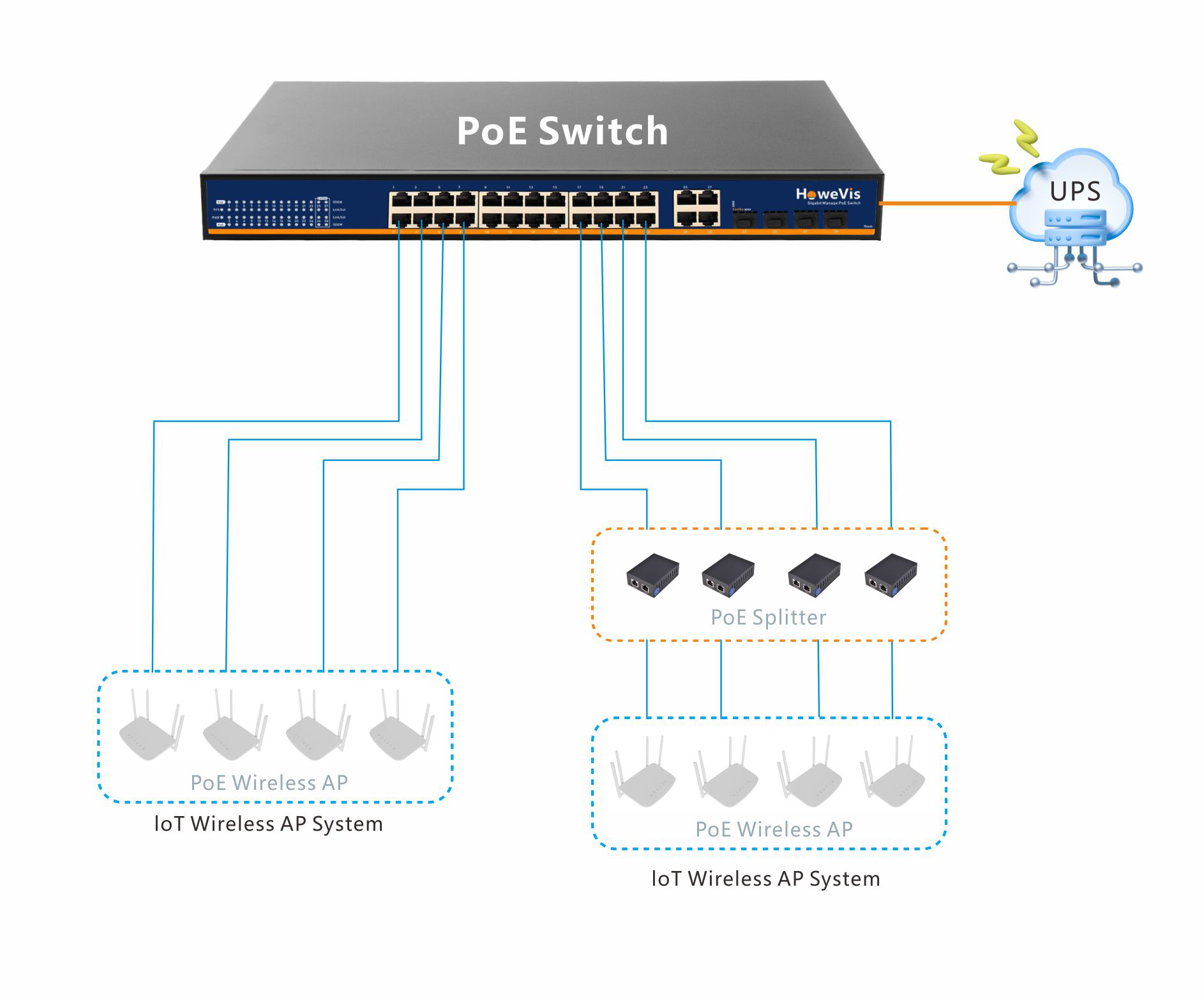
PoE Intelligent Terminal In The Internet of Things
When you make a phone call at home, the call will not be interrupted if the power is suddenly cut off. Because the power supply of the telephone terminal is directly supplied by the telephone company (local) exchange through the telephone line, imagine if the sensors, controllers, and intelligent terminals in industrial sites in the IoT and modern office equipment can also be powered by Ethernet directly. The total cost of wiring, power, labor, etc., could be reduced significantly. In June 2003, IEEE approved the 802.3af standard, which specifies power detection and control in remote systems, and determines how routers, switches, and hubs can power devices such as IP phones, security systems, and wireless LAN access points over Ethernet cables. The release of IEEE 802.3af has dramatically advanced the development and application of PoE technology. PoE technology-based industrial Ethernet products have been launched to provide reliable and stable power supply for various network terminals in IoT industrial control, such as temperature detection terminals, humidity detection terminals, signal control terminals, etc. It shows below.
